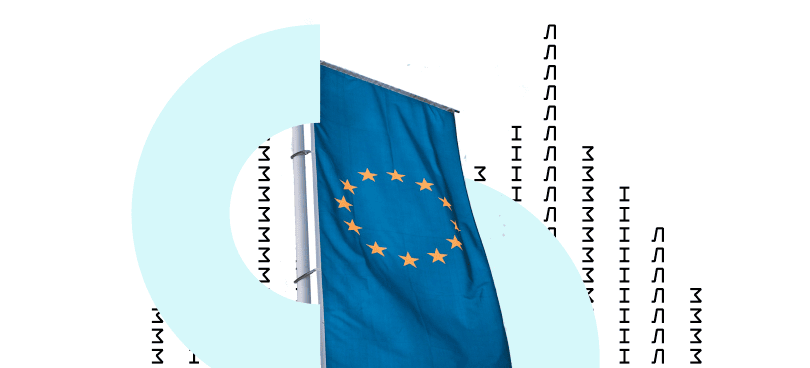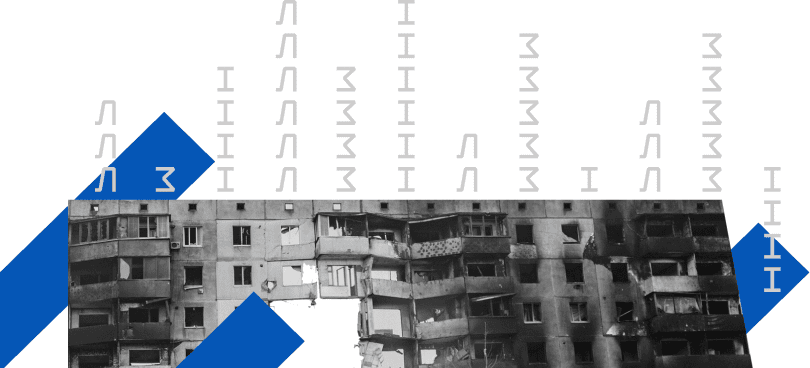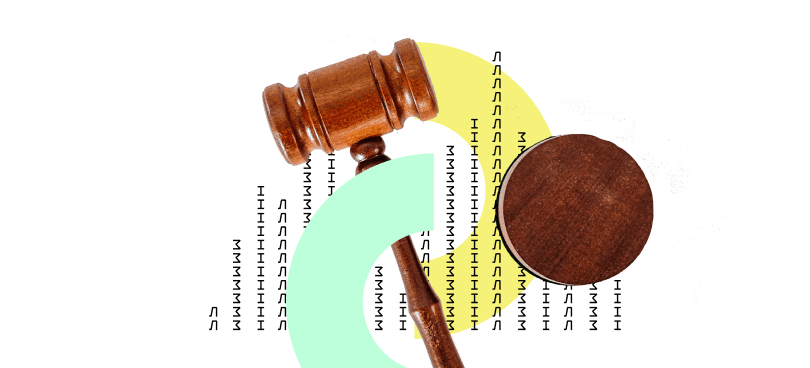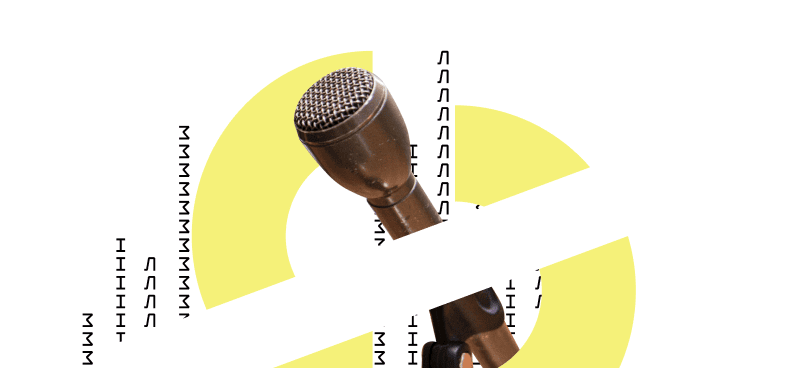The full-scale invasion of the Russian Federation has greatly invigorated the debate about granting civilians the right to own firearms freely. Such trends are quite understandable given the need for self-defence, which became especially acute during the war. At the same time, the issue of arms legalisation is an “eternal” topic for Ukrainian society and has been discussed since the Declaration of Independence. However, until now, the problem remains unsolved. Despite the chosen pro-European vector of development, currently, Ukraine remains almost the only country in Europe that still does not have a dedicated arms law. At the same time, avoiding legal regulation creates potential threats of a higher number of illegal arms in the population. How firearms are regulated in other countries and whether there is only one right approach – let’s find it out.
Trends in the use of firearms by the civilian population
World practice shows that regulating the circulation and ownership of firearms among the civilian population in different states depends on historical conditions, cultural traditions and the legal system. So, countries policies on arms are sometimes drastically different.
In general, two key trends in establishing control over the use of weapons by the civilian population coexist in international practice.
The first of them gravitate towards enhanced legislative regulation of arms possession and use conditions. This national policy is a continuation of the UN position expressed at the Conference on the Illicit Trade in Small Arms and Light Weapons in All its Aspects in 2001 when member states of the organisation signed a binding plan to combat small arms. The position of the UN is as follows: the illegal manufacturing and circulation of arms, their excessive accumulation and uncontrolled distribution undermines human security and development. Therefore, the UN has called on states to effectively regulate “civilian” ownership and use of firearms, as this will help curb their illegal trafficking.
At the national level, this trend is associated with the following factors:
- Many governments see a link between gun violence and the uncontrolled or poorly controlled trade in and possession of small arms;
- Firearms in the possession of civilians are often subject to illegal trade and misuse through theft, careless storage or illegal sale.
Within this approach, responsibility for all violations committed by private individuals using firearms rests with the state since it is the national government that is believed to have failed to establish reasonable regulation of private ownership of civilian firearms and also to be unable to protect the population from domestic violence and organised crime.
The second trend is manifested in the attempt to find a reasonable balance between introducing restrictions on the possession of arms and the right to their legal use by civilians. The main goal of governments is to prevent the misuse of arms and improve public safety. However, within this approach, there are also differing positions regarding what restrictions should be applied. For instance, some countries tend to impose strict controls on firearms use, while others use more liberal legislation. Yet no state in the world allows unlimited possession and use of weapons by civilians.
So, to find out the specifics of approaches to regulating the use and circulation of firearms in the civilian population, let’s turn to the practice of individual countries.
Experience of individual states
USA
Proponents of gun legalisation often appeal to the legal tradition of the United States of America, where as early as in 1791, the Second Amendment to the Constitution was adopted and legalised citizens’ right to keep and bear firearms freely. Still, at the time of the introduction of these constitutional changes, a certain culture of handling small arms already existed in the country. Additionally, the nationwide right of Americans to keep arms at home for self-defence purposes was enshrined in the US Supreme Court rulings of 2008 and 2010. The last high-profile decision of the Supreme Court, handed down in the summer of 2022, also extended the right to carry arms outside one’s home.
However, the right to arms is not absolute in the US — the law prohibits some populations from carrying them (examples are the mentally ill, persons guilty of domestic violence using weapons, etc.). In addition, the country has introduced a number of restrictions on the types of small arms that can be used by the public, as well as bans on carrying guns in certain places, such as government buildings or schools.
However, gun ownership in the United States is still controversial, as the US leads both in the number of suicides and that of gun crimes. Further, this trend has a direct correlation with easy access to firearms for many Americans.
Croatia
Between the mid-1990s and the early 2000s, the state faced a significant problem with firearms smuggling due to military conflicts in the region. However, since 2013, when Croatia became a full member of the European Union, the national policy has been regeared to reduce the circulation of illegal arms significantly. Particularly, in 2007, the Croatian government permanently confiscated arms. The trend was also carried on with the 2018 Law on Arms.
The country has successfully implemented an “amnesty program” aimed at combating the high rates of illegal possession of firearms in the civilian population. The primary purpose of this program is to persuade citizens to drop off any illegally held firearms, and reporting them to the police. The experience of implementing similar programs is also possessed by Estonia and Finland.
Estonia
For a long time, a large number of illegal arms, which remained from the time of the Second World War, could be found within the country. However, according to the latest estimates, the total number of illegal firearms in Estonia is small. Among other things, this is due to the adoption of arms laws in 1991 and 2001. Estonia’s legislation was almost the first in the post-Soviet space to allow civilians to have short-barrelled firearms for self-defence purposes. Unlike most European countries, Estonians can also own semi-automatic arms. But fully automatic ones are reserved exclusively for Kaitseliit, the Estonian Defence League, which is in fact the equivalent of the Ukrainian Territorial Defence.
Nevertheless, the state provides for preventive measures that guarantee the safety of the civilian population when handling arms — requirements for their storage were established, strict skills tests were introduced, and a mandatory weapons register is in place.
At the same time, after joining the European Union in 2004, Estonia enhanced some of the rules for the handling of arms, following EU directives. In particular, this concerns the provisions of the Firearms Directive, which has also been revised several times by the European Commission in order to beef up the fight against the illegal circulation of firearms. This policy was based on the need to apply a more coordinated and coherent approach after the terrorist attacks of 2015. In general, Estonian legislation can be characterised as quite liberal regarding the rules of private gun ownership. This approach contrasts with most other post-Soviet countries, which remain quite restrictive in arms regulation.
The Czech Republic
The right to own weapons in this state was restored after the collapse of the USSR. In addition, in the summer of 2021, the Czech Parliament adopted a revolutionary decision, thereby approving an amendment to the Constitution allowing self-defence using weapons. This constitutional provision supplemented the Charter of Fundamental Rights and Freedoms of the Czech Republic with the provision that “the right to defend one’s life or the life of another person, even with the help of a weapon, is guaranteed under the conditions established by law.”
The current arms legislation of the Czech Republic is quite liberal. In particular, this country allows buying arms for self-defence purposes, and a loaded weapon may be carried concealed. To that end, it is necessary to obtain a special permit, which is granted after passing an appropriate inspection. This permit is only valid for ten years, and the owner of the weapon is required to undergo a health check every five years to confirm the legality of the reasons for ownership. In addition, unlike many European countries, it is legally allowable to keep a loaded weapon at home if the owner has the appropriate licence.
At the same time, the very fact of the right to have a weapon for self-defence purposes is not identical to the unlimited possibility of its use. A number of restrictions are in effect in the state, so the use of weapons is allowed only in case of extreme necessity.
Switzerland
Swiss legislation has allowed citizens to carry weapons as early as 1997. This country is considered one of the most armed states in Europe and globally. At the same time, Switzerland has a fairly high level of gun culture, as the ownership and use of firearms are closely related to the traditions of state-building and the protection of democracy. Hence any person may openly carry a weapon if there is an appropriate permit for this. The permit is valid for five years. Still, if the Swiss wish to obtain a permit for concealed carry, they should additionally undergo a background check and an arms inspection by the police and also substantiate the reasons for that need.
In response to the European Union’s adoption of firearms directives, the Swiss authorities had to enhance national legislation slightly. The state’s population also endorsed this initiative to introduce stricter arms bans in the 2019 referendum. However, in general, the Swiss arms policy remains fairly liberal.
Thus, international experience proves that there is no uniform approach to the development of arms policy worldwide. At the same time, the trends irrevocably point to one thing — proper legal regulation is a must-have for the effective implementation of a state firearms legalisation strategy. So, the adoption of the relevant law in Ukraine would provide for a significantly lower number of cases of illegal handling of arms and a higher overall level of public safety. Yet the development of a dedicated law must be approached in a balanced manner to ensure the maximum quality of legal regulation and avoid potential risks.















